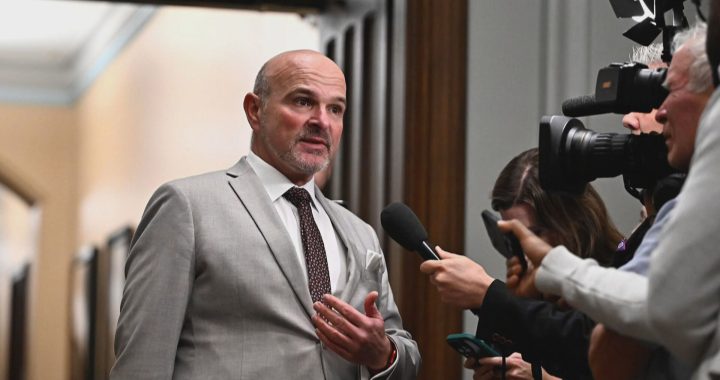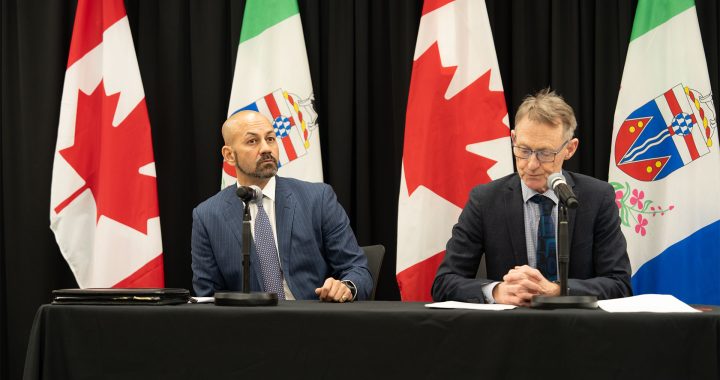By Jorge Barrera
APTN National News
OTTAWA–The Conservative government has axed a First Nations-led Crown corporation created to fill the statistical “gap” that exists when it comes to getting numbers from First Nations reserves and the urban Aboriginal population.
The First Nations Statistical Institute (FNSI), which was created through legislation passed in 2005 during the Liberal government under Paul Martin, will see its $5 million budget cut in half this year and eliminated next year, according to the federal budget unveiled Thursday.
Keith Conn, the FNSI’s chief operating officer, said the agency was in the midst of 25 projects across Canada working with First Nations communities and organizations.
“Now we have to figure out what we can do for this year,” said Conn.
Conn said he found out about the cut while sitting in the budget lock-up in Ottawa Thursday. The information was buried near the back of the budget document under a section outlining total cuts to the federal Aboriginal Affairs department.
Aboriginal Affairs will see cuts of $26 million this fiscal year, $60 million the next and $165 million the year after for a total 2.7 per cent reduction of the $6.22 billion that was put on the table for review, according to the budget.
“I saw something in the tea leaves,” said Conn. “I told my board of directors that I had an inclination. “I was connecting the dots on several activities and inactivities.”
The institute currently has 23 people on staff, but they won’t all be laid off immediately, he said.
“We will have to determine what some of those priorities are as an organization”, he said. “We have projects that we may want to wrap up.”
The FNSI was created, through legislation along with three other Crown agencies: The First Nations Tax Commission, the First Nations Financial Management Board and the First Nations Finance Authority.
Conn said the institute didn’t really get going until 2009 because it took the Conservative government two years to pick a board, which was created through cabinet orders in council.
“Most Crown corporations have a pre-existing infrastructure, but this particular one was a new concept, so essentially it was created out of thin air,” he said.
The institute was created to make up for the data gap that exists when it comes to getting a clear picture of the demographics on reserves and from the Aboriginal population in general.
Many First Nations communities refuse to participate in the national census and Aboriginal people living in urban centres often slip through the data cracks because of their social conditions.
“There are social and economic disparities that are widespread and so it was important to provide data to measure progress,” said Conn. “There are gaps in the urban populations for First Nations, Metis and Inuit people that are either missed or excluded from the survey processes.”
The institute was also helping communities make sense of their administrative data to better plan for the education, housing and labour force needs, said Conn.
It was also preparing economic data for a project in conjunction with the First Nations Financial Management Board that would see several communities create a borrowing pool for bond debentures to access long term debt financing to pay for infrastructure like roads and schools.
“We were the first on the planet to deal with First Nations bond debentures,” he said.









